Offsite manufacturing is being used to build the biggest hotel in Europe – a 1,500-bed development for workers on the site of the new Hinkley Point nuclear power station. James Kenny visits the factory where Caledonian is manufacturing the rooms.
With major infrastructure projects becoming larger in scale, the need to not only house but keep workers happy on long-term projects is making the industry change its approach to temporary accommodation. This is the case with Hinkley Point C. The £18bn project, to be completed in 2025 after a lengthy construction programme, is using “hotel” style site accommodation that aims to take comfort levels for the resident workforce to a new level.
Although the hotel will be around for the long term, speed and the necessity to get facilities on site quickly meant that the decision was taken to use offsite manufacturing.
The £50m contract was awarded to offsite specialist Caledonian in partnership with Laing O’Rourke. The accommodation is aimed to be the equivalent of three-star, fully en-suite hotel rooms. Each module provides living space for one person, with a bedroom, bathroom and lounge.
When completed in 2018, it will provide 1,496 en-suite bedrooms across 44 buildings at two key locations.
Stockpiling units to ship out
The Bridgwater Campus is the larger of the two developments, with Caledonian providing 29 accommodation blocks, each offering en-suite rooms for 34 workers. A further 15 buildings will be located at the Hinkley site, providing direct access to the construction zone.
Visiting the offsite factory site in Newark, Nottinghamshire, CM was struck by the vast number of modules completed, stacked and ready to roll.
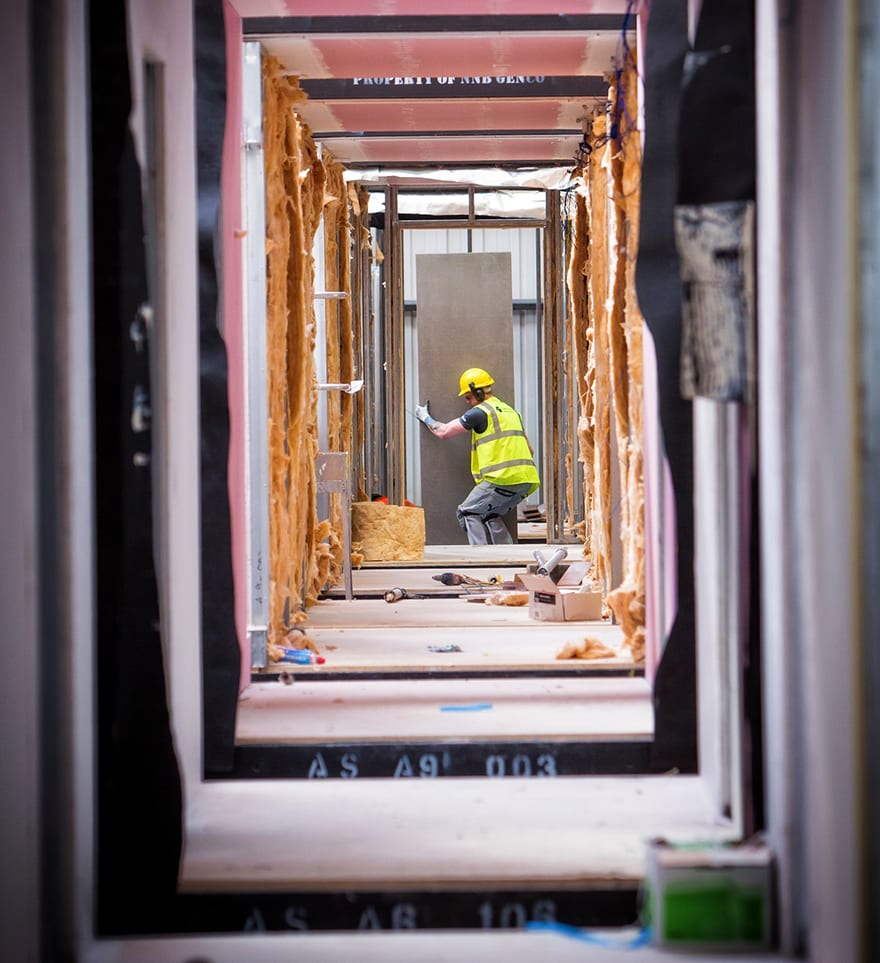
Caledonian’s 29 accommodation blocks will each provide 34 en-suite rooms for Hinkley Point site workers
Dennis Hollingworth, a manager at Caledonian, explains: “We started production on the modules in March and built up a stockpile of units. They are now shipped out to Hinkley every week. Everything is planned – even the stacking and arrangement in the factory of the completed modules, per their delivery schedule.”
The campus accommodation is delivered to site 96% complete, with all en-suite rooms fully fitted out; the remaining 4% is completed by onsite trades.
Caledonian chief executive Paul Lang says: “The scale and speed of the project is only achievable through offsite manufacturing. The units are completed almost entirely at our factory. They’ve been snagged and been specially cleaned. No dust. When they arrive on site the seal is broken. Someone goes in and does the plumbing, the electrics and fits some blinds, and that’s literally it – they’re ready to go.”
Designed to the client’s spec
A typical module for Hinkley is 3.6m wide x 16m long by 4.1m high. Depending on the sector, specification and building use, Caledonian provides very different internal spaces. They maintain that they do not subscribe to a defined system and have the capability to design and manufacture buildings to meet the client’s specification.
The module chassis is generally hot-rolled steel frame with cold-rolled steel infill panels. The materials used are comparable to those in traditional construction – the main difference being the coupling systems for connection of mechanical and electrical services across module joints. The units are waterproofed by installing a single-ply membrane on all modules.
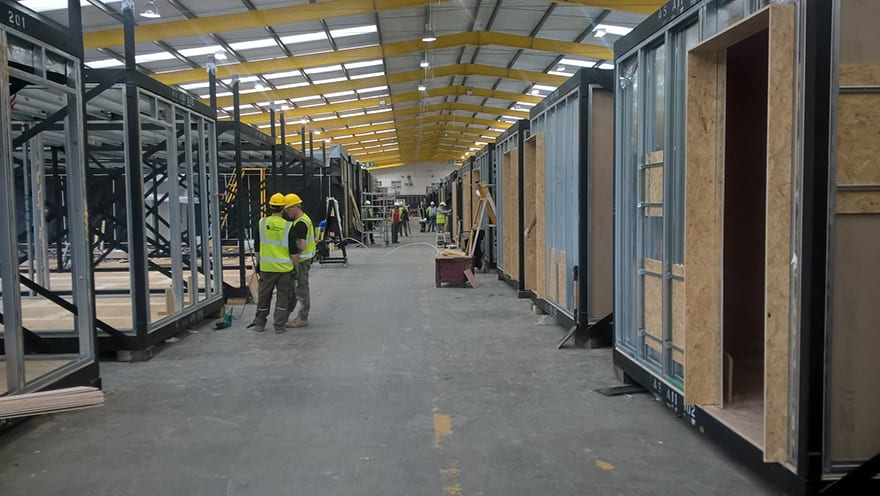
Modules are fitted out in the factory then stacked up ready for transportation to the site
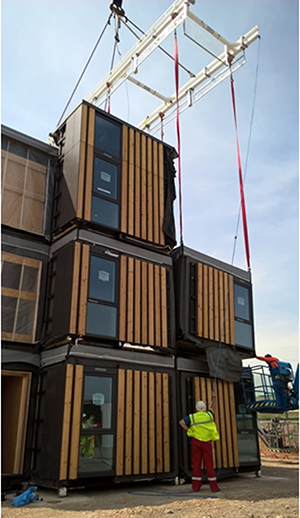
Lang says: “On this project, we are also installing the external building cladding prior to shipping modules. This includes larch and Eternit cladding systems installed to tolerances of 2mm. Once on site, a block of 36 en-suite rooms will be complete in six weeks.”
For the foundations of the modules, main contractor Laing O’Rourke provided the substructure works, installed to tolerances of +/-10mm. The foundations are a concrete pad design, which support the hot-rolled steel frame, and are based on loadings provided by Caledonian engineers.
The finished modules weigh between 13 and 14 tonnes, and one module fits on a 12m lorry. To erect the modules once on site, Caledonian uses mobile cranes with a 250 to 500 tonne capacity. Installation rates are between six to eight modules per day.
When complete, the accommodation block will be three storeys high. The natural timber and stone-effect cement cladding on exterior facades has been specified to reflect the surrounding Somerset countryside.
As well as the need for fewer onsite trades, Caledonian is also proud of the lack of defects which come from its rigorous factory quality control processes.
Lang says: “The product does not leave the factory until it is fully checked and signed off by the client. Our quality system includes hold points where the client’s representative can inspect and sign off the works before progressing.
“When the module arrives on site the rooms are locked and can only be accessed by agreement, ensuring that no damage can be caused prior to completion.”
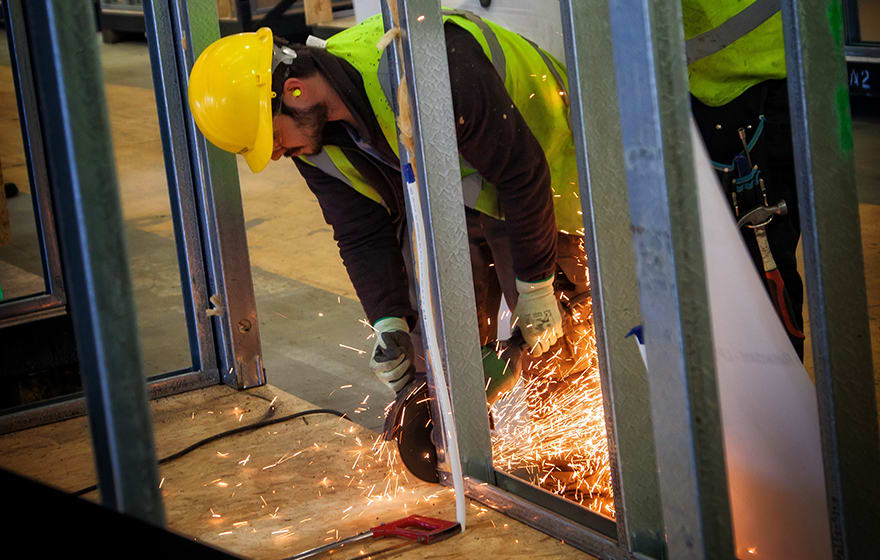
Most of the work is carried out in the factory
He adds: “On a traditional project, many operatives and tradesman would enter a room in a dirty and potential damaging environment, whereas when our completed modules land on site, having been constructed in a clean, dry and controlled environment, there is less than one hour of work left to complete in each room.”
Although the hotel at Hinkley Point will be in use until at least 2025, plans for the future of the modules are already being discussed. Caledonian has discussed with EDF the possibility of donating them to homeless charities for use as accommodation.
Hollingworth says: “The modules can be used again and they’ve been built with that in mind. They can simply be unbolted, deplumbed and dewired, and transported elsewhere.”
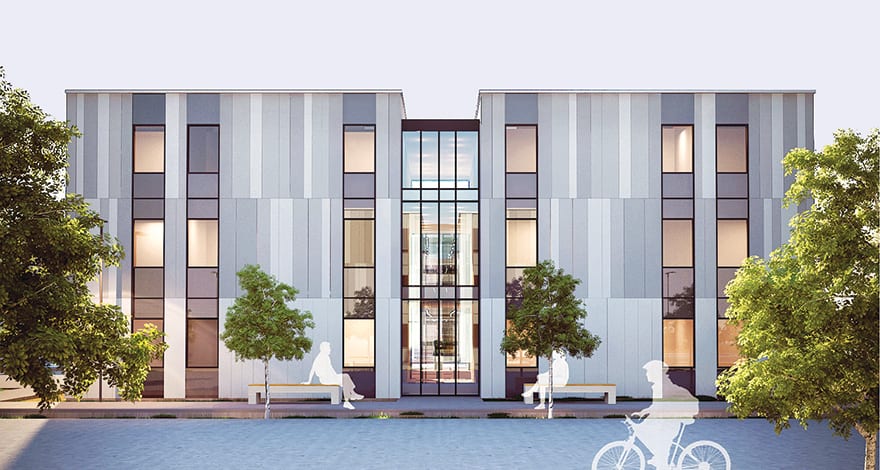
The hotel at Hinkley Point will be in use until at least 2025
Comments
Comments are closed.












Dragging its feet again the UK is slowly getting to the position where the Fort McMurray Oilsands projects in Canada were 17 years ago. It is time Architects and other consultants accept wet trades are for historical buildings only